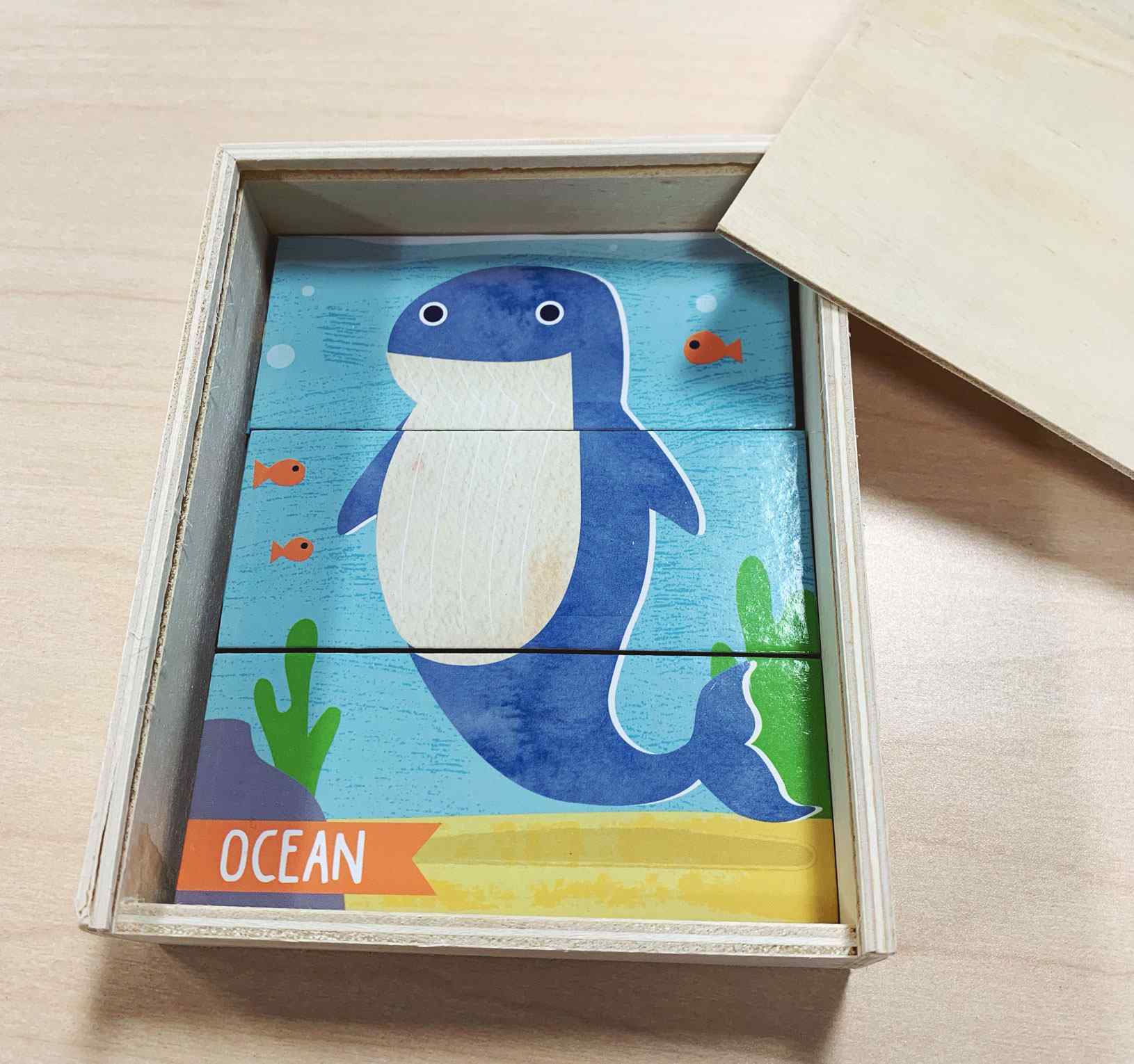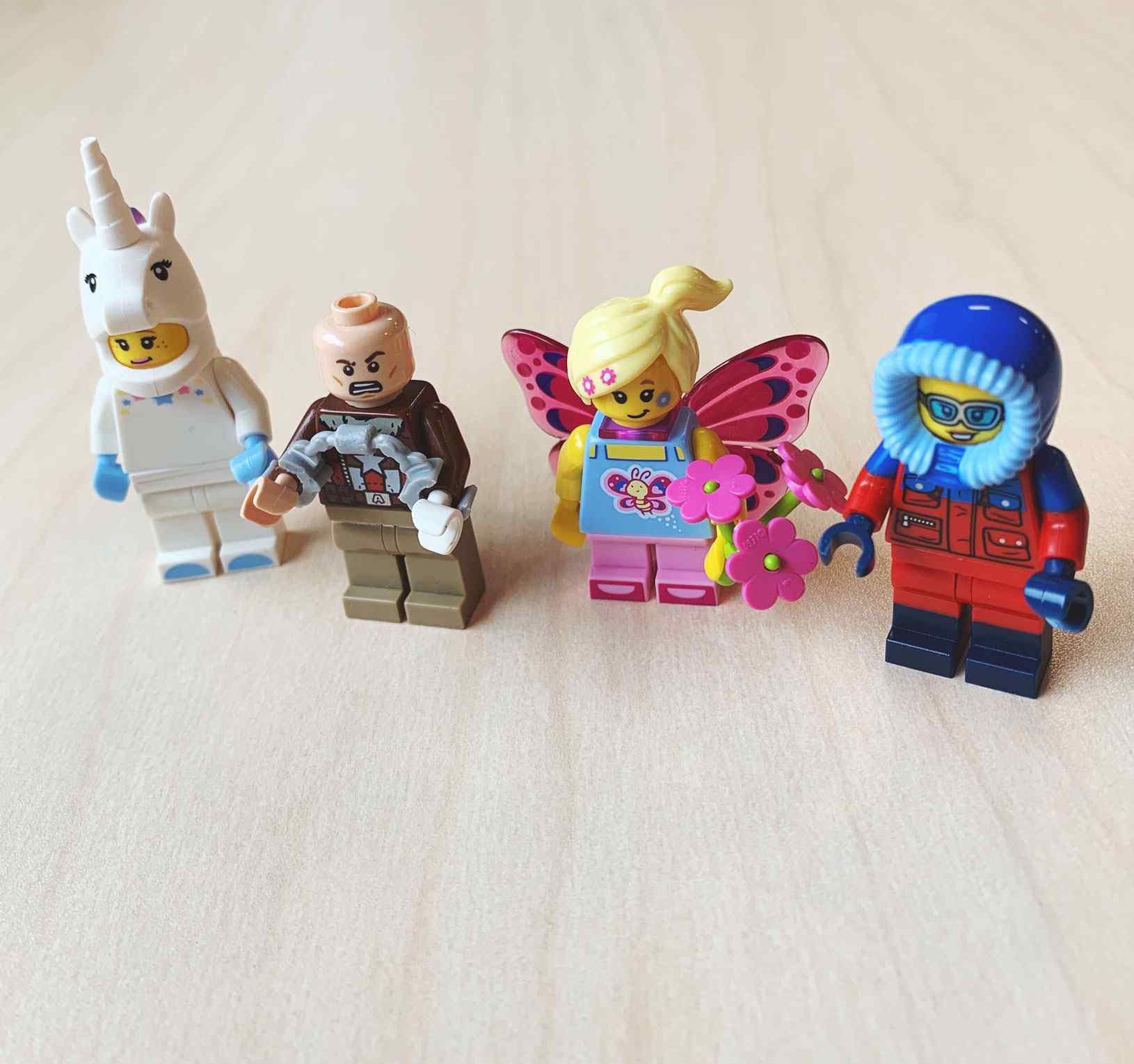Caregiver Tip, Practice, Practice Tool • January 4, 2019
Yesterday you and your child attended a spectacularly fun class and even earned bonus brownie points by practicing your bow hold right before bed. Brava!
Now it’s the day after class. You have a homesheet to set you on your way, but it says to focus on bowholds, notes from a scale, and preparing for a concert. How much time should you spend on bowholds? Your child doesn’t like a particular song because it is tricky – is it okay to skip it this week? There are so many ideas that go into planning your practice that it can be overwhelming. So you let your child play through their favorite two songs and you call it a day and eat some ice cream.
Feel familiar? You aren’t alone, but let’s put our spoons down and figure out how to make this easier and more helpful to your child.
In our Parent Workshops, Ruth Meints (String Sprouts creator) has given us insight into the practice plan from the famed violinist, Ivan Galamian. In short, his practice plan can be divided into three sections:

45% = Musicianship
This is where you spend time on a few notes/small passage and execute tools like repetitions, review songs with a technique focus, and working on specific skills (a part of the bowhold, posture, bow alley).
45% = Note Reading/Rhythm
Here you work on note flash cards, identifying scales, finding notes on the fingerboard, and a lot of non-instrument practice.
10% = Performance
Many music students enjoy the performance section of practice and spend more time in that piece of the pie, but if they don’t continue gaining skills in the musicianship and note reading pie pieces, they won’t have much to add to the performance slice.
This is “pretending to perform” by playing through a piece and then evaluating the good, the bad, and the what’s-next.
To help identify these areas, I’ve created a practice chart worksheet to help you organize your practice pie. There is a section to help you take your homework and categorize which piece of the pie it belongs in, and then areas to record how the practices progress, goals your teacher has given you, and questions that pop up.

Click HERE for the practice chart to download.
Click HERE to see an example chart filled out!


